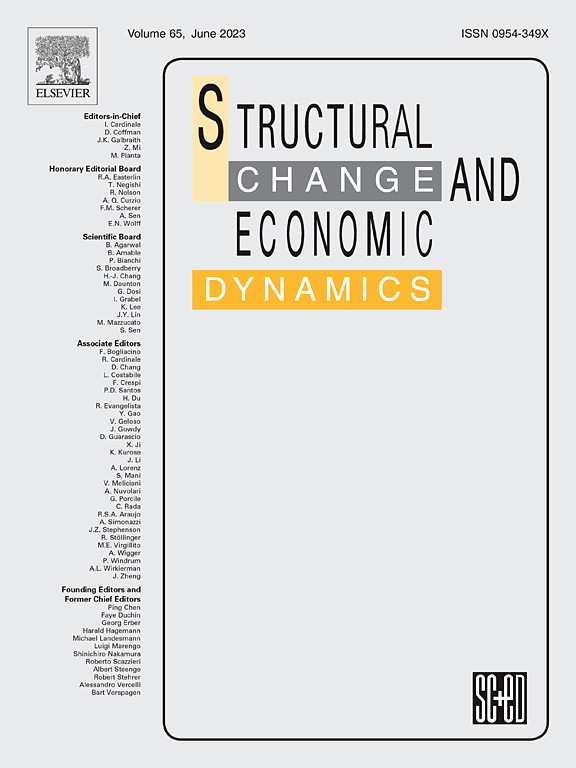Environmental tone and carbon market behavior: Understanding market dynamics through corporate environmental attitudes in China
IF 5.5
2区 经济学
Q1 ECONOMICS
引用次数: 0
Abstract
Environmental awareness and attitudes are critical for carbon neutrality and emission reduction, yet they often receive inadequate attention. This study addresses this by analyzing the environmental tone in MD&A reports of Chinese listed energy supply companies from 2000 to 2022 and assessing its impact on carbon emission allowance (CEA) price return and volatility, through regime heterogeneous autoregressive regression (regime-HAR) model with alternative models to confirm robustness, and discussing the related mechanisms. Our findings reveal that a positive environmental tone drives higher CEA returns and volatility while reducing autocorrelations, largely due to increased market participation during such periods. Additionally, rising CEA prices reinforce future positive environmental tones among companies. The positive tone accelerates environmental fees while hindering green investments. In addition, the environmental tone also signals regulatory compliance, policy, and investor expectations. Through these channels, environmental tone in general reduces local district air pollution. We also identify a negative relationship between government green subsidies and environmental tone, probably due to the moral hazard of companies exploiting subsidies. This study provides fresh evidence on how environmental attitudes shape key environmental variables and offers valuable insights for policymakers.
环境基调与碳市场行为:通过中国企业的环境态度了解市场动态
环境意识和态度对碳中和和减排至关重要,但往往没有得到足够的重视。本研究通过分析2000 - 2022年中国能源供应上市公司的MD&;A报告中的环境基调,评估其对碳排放配额(CEA)价格回报和波动的影响,通过制度异质性自回归回归(regime- har)模型与替代模型验证鲁棒性,并讨论相关机制。我们的研究结果表明,积极的环境基调推动了更高的CEA回报和波动性,同时降低了自相关性,这主要是由于在此期间市场参与度的增加。此外,CEA价格上涨强化了企业未来积极的环保基调。积极的基调加速了环境费用,同时阻碍了绿色投资。此外,环境基调还暗示了监管合规、政策和投资者预期。通过这些渠道,环境基调总体上减少了局部地区的空气污染。我们还发现了政府绿色补贴与环境基调之间的负相关关系,这可能是由于企业利用补贴的道德风险。这项研究为环境态度如何影响关键环境变量提供了新的证据,并为政策制定者提供了有价值的见解。
本文章由计算机程序翻译,如有差异,请以英文原文为准。
求助全文
约1分钟内获得全文
求助全文
来源期刊

Structural Change and Economic Dynamics
ECONOMICS-
CiteScore
9.60
自引率
4.90%
发文量
159
期刊介绍:
Structural Change and Economic Dynamics publishes articles about theoretical, applied and methodological aspects of structural change in economic systems. The journal publishes work analysing dynamics and structural breaks in economic, technological, behavioural and institutional patterns.
 求助内容:
求助内容: 应助结果提醒方式:
应助结果提醒方式:


